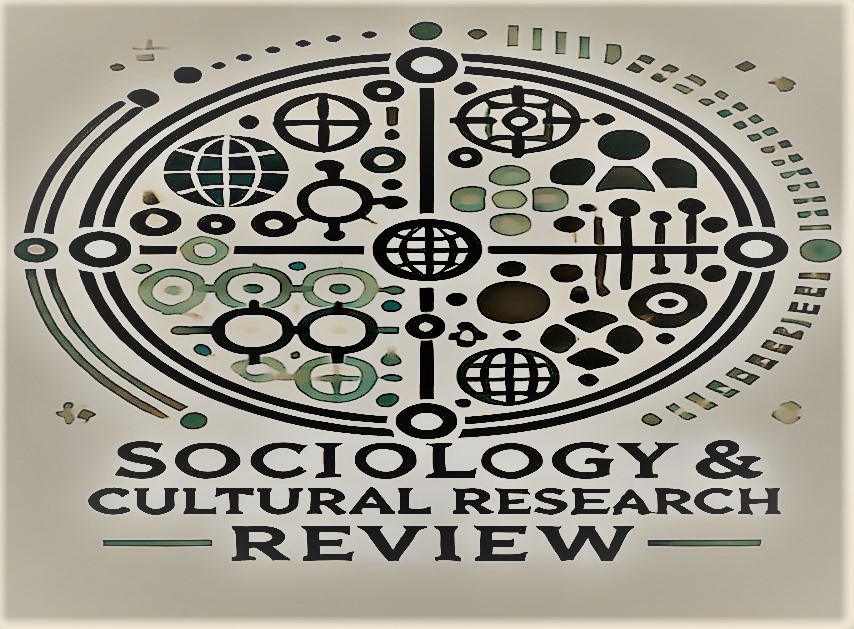Effect of Wearing Veil on Female Social Academic Engagement Moderating Role of Peer Support
Abstract
Veil is of utmost importance in the spiritual health of women. This research will examine the wearing of the veil by female students concerning their social interaction, which includes a course of engagement through teaching and learning, with peer support as a moderating variable. The roles and values attached to the dress, most of which are based on the social and culture settings of the education in which a student is enrolled at a particular discipline, are likely to influence how a student responds. The objective of the study was to highlight the effect of the veil on interaction in participation of students in both social and academic activities, such as classroom discussions and interactions, co-curricular activities, and social relations with colleagues. This study seeks to recognize the challenges and distinctive participation patterns for veiled student’s vis-a-vis their non-veiled counterparts with an emphasis on emotional, behavioral, and cognitive academic engagement. It also considers the role of peer support that shrinks or magnifies the wearing of the veil. Peer support in itself encompasses emotional, social, and academic relationships, which underpins the self, the inclusiveness, and constancy of the learning environment. The study aims to investigate whether a supportive social environment may contribute to overcoming these challenges resulting from veiling that may be barriers to academic and social involvement. Social studies look very rosy when peer relations impact social practice about wearing a veil. The study was quantitatively conducted. The purposive sampling method was employed to select a sample of 350 female students at University of Sargodha. It is thought that this approach encapsulates the specific experience of how participants relate to the engagement and also the veil. Data were obtained from standardized surveys assessing the frequency of wearing the veil, peer support received, and levels of social and academic involvement. This study carried Frequency distribution and Percentage for the demographic questions. Moreover, Correlation is observed for variables in the questionnaire.
Keywords: Veil, Peer Support, Social Relations




